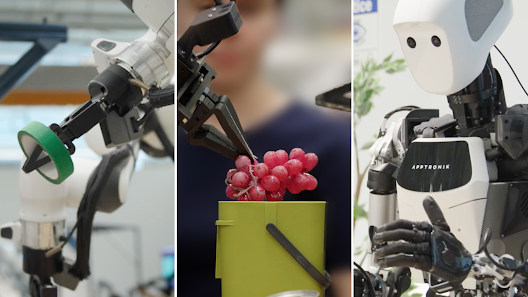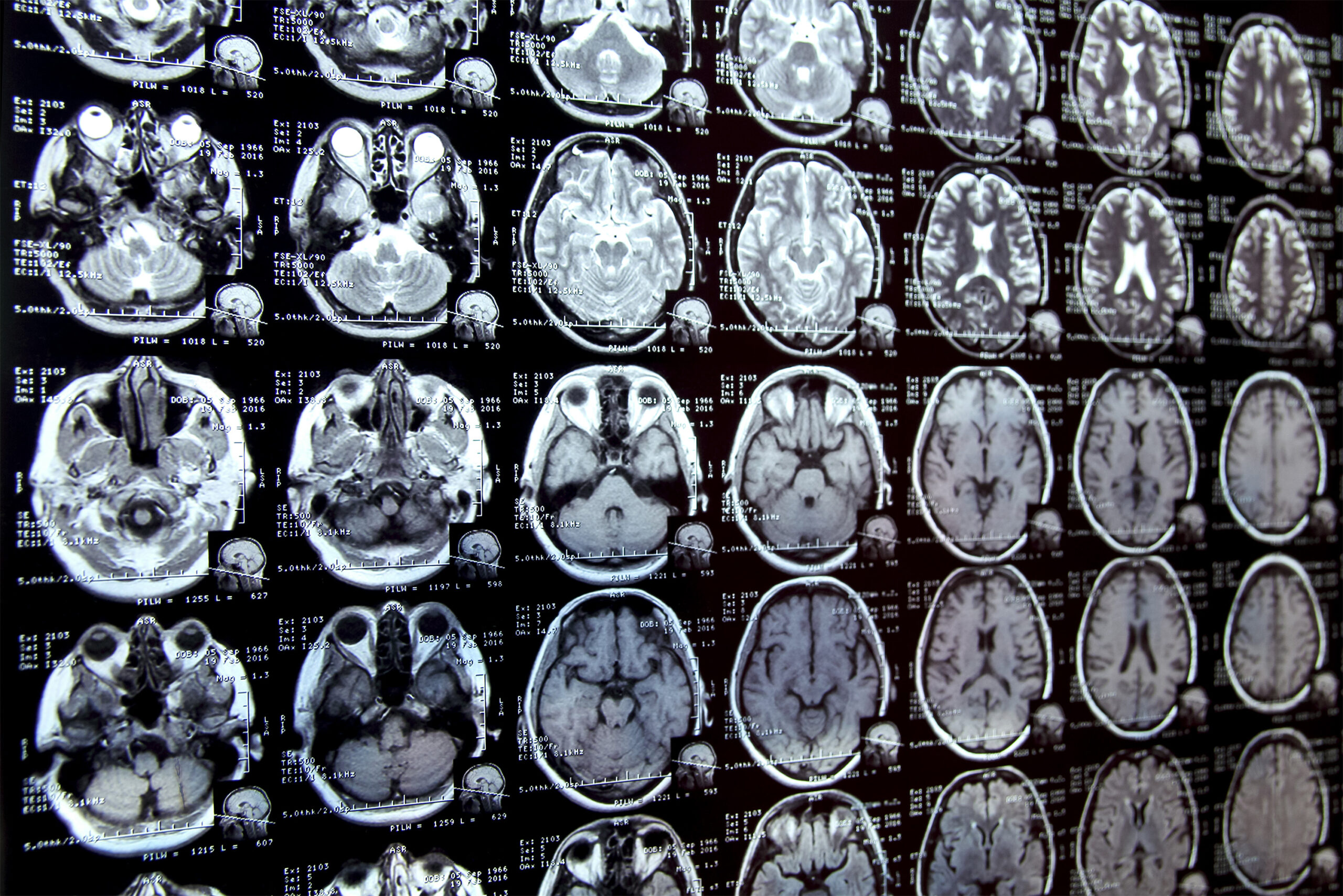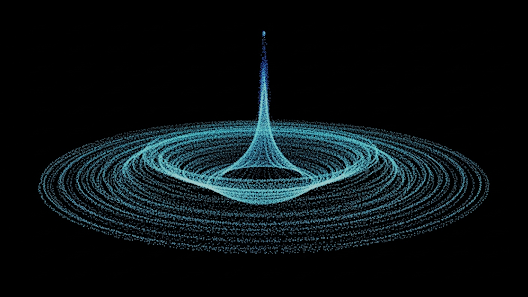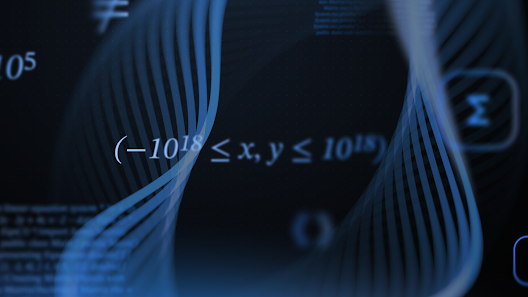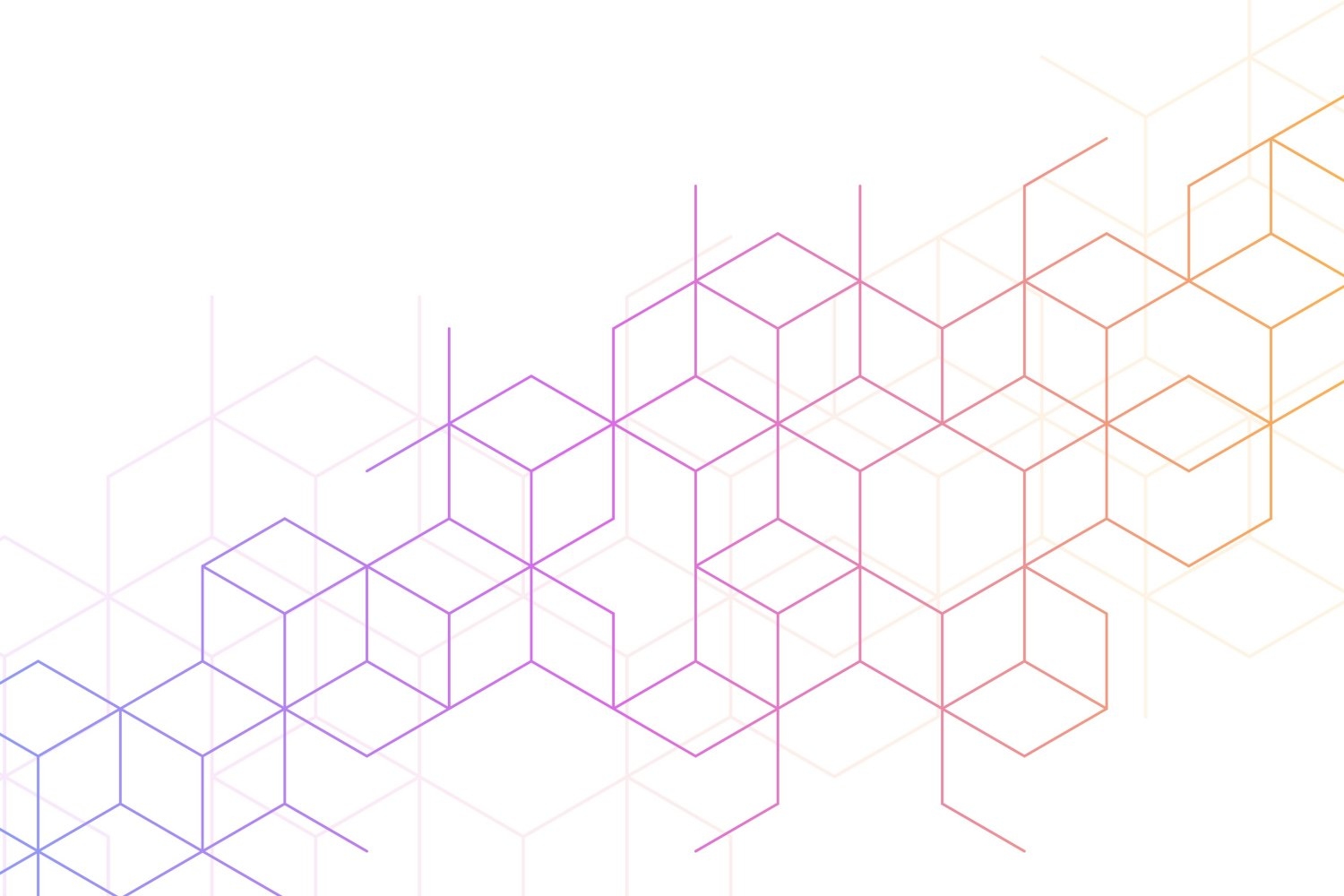Introducing Nvidia’s Cosmos: A Game-Changer for Robotics
Nvidia has unveiled its latest innovation in artificial intelligence: Cosmos, a groundbreaking family of AI models designed to empower humanoid robots, industrial machines, and self-driving vehicles. Unlike traditional language models that focus on processing text, Cosmos specializes in creating realistic images and 3D simulations of the physical world, making it a revolutionary step in robotics and automation.
Training AI to Understand the Physical World
During a keynote presentation at CES 2025, Nvidia CEO Jensen Huang showcased the capabilities of Cosmos. The AI was trained on an astonishing 20 million hours of real-world footage—capturing human activities like walking, handling objects, and interacting with surroundings. This training enables Cosmos to simulate complex environments such as warehouses, where it can generate scenarios like boxes falling from shelves to teach robots how to handle accidents.
“Cosmos isn’t about generating creative content—it’s about helping AI understand and interact with the physical world,” said Huang. This focus on practical, physical intelligence makes Cosmos a vital tool for advancing robotics in both industrial and domestic settings.
Empowering Companies Across Industries
Several companies have already adopted Cosmos to enhance their robotic systems. Humanoid robot startups like Agility and Figure AI, alongside self-driving car innovators such as Uber, Waabi, and Wayve, are leveraging Cosmos to refine their technologies. By enabling robots to recognize and adapt to real-world scenarios, the AI is paving the way for more intuitive and capable machines.
Isaac Simulation Platform: A New Era of Learning
In tandem with Cosmos, Nvidia introduced updates to its Isaac robot simulation platform. This tool is designed to help robots learn new tasks more efficiently by using a combination of real-world examples and synthetic training data. For instance, a robot can be taught to grasp a specific object with just a few examples, while the Isaac platform generates additional data to speed up the learning process.
These capabilities are particularly promising for companies aiming to build humanoid robots. During the keynote, life-sized images of humanoid robots from Tesla, Boston Dynamics, and other industry leaders were featured, highlighting the growing interest in this field.
More Innovations: Project Digits and RTX Blackwell GPUs
In addition to Cosmos, Nvidia announced Project Digits, a $3,000 personal AI supercomputer capable of running large language models with up to 200 billion parameters. This powerful device eliminates the need for cloud services, making advanced AI more accessible to individuals and small businesses. For more on this exciting development, check out Nvidia’s $3,000 AI Supercomputer for Personal Use.
Nvidia also unveiled its next-generation RTX Blackwell GPUs and cutting-edge software tools to assist in building AI agents. These advancements promise to further enhance the capabilities of AI across various industries.
Shaping the Future of Robotics and AI
With Cosmos, Isaac, and its other innovations, Nvidia is setting the stage for a new era in robotics and artificial intelligence. By bridging the gap between digital intelligence and physical interaction, these tools are unlocking opportunities for smarter, more adaptable machines in our homes, factories, and beyond.
As companies continue to adopt these technologies, the potential for AI-driven transformation is immense. Whether it’s humanoid robots navigating complex environments or industrial machines optimizing workflows, Nvidia’s Cosmos is leading the charge in redefining what’s possible in robotics.


